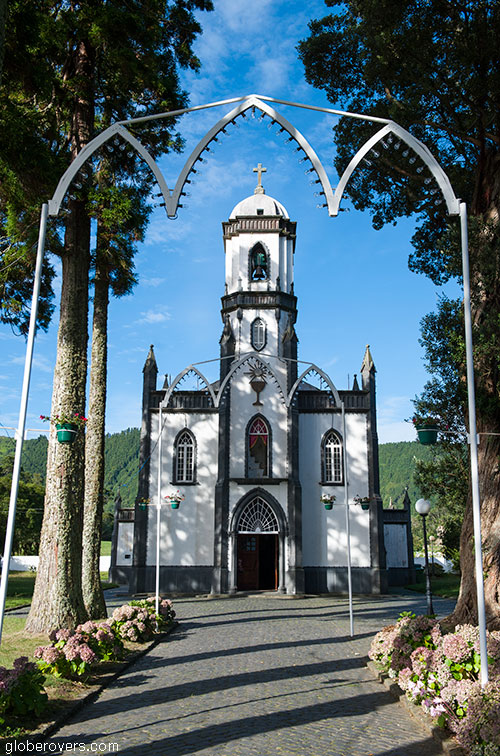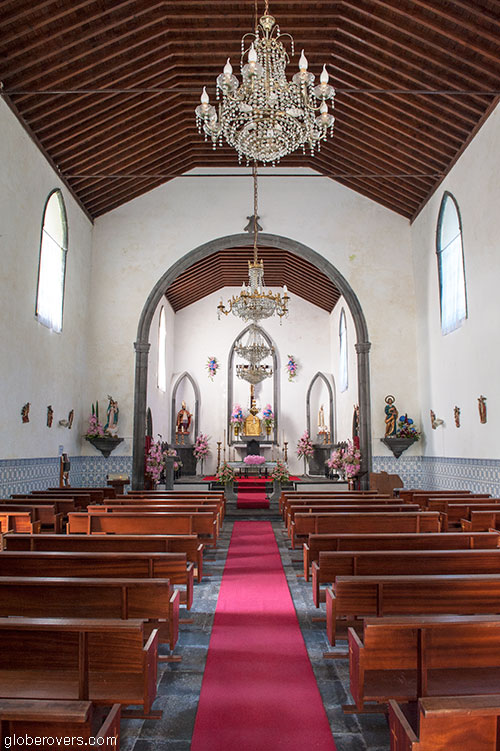
Somewhere in the middle of nowhere, about 1,643 km west of Lisbon, Portugal, some 1,500 km from the African coast and 1,925 km southeast of Canada’s Newfoundland, lie the nine islands of the Azores Archipelago, officially referred to as ‘Portugal’s Autonomous Region of the Azores’ (Região Autónoma dos Açores).
Azores Islands – the remote gem of the mid-Atlantic Ocean
Located in the North Atlantic Ocean, the Azores Archipelago is, very noticeably, of volcanic origin and lies scattered along a 600 km stretch of ocean.
Geographically, the islands are divided into three groups, namely the Eastern Group (Santa Maria and São Miguel Islands), the Central Group (Terceira, Graciosa, São Jorge, Pico and Faial Islands), and the Western Group (Corvo and Flores Islands).

Let’s travel by car all around the botanically rich São Miguel island and visit the many ocean vistas, lush flora, massive craters with turquoise lakes, hissing steam vents, hot springs, remote villages, and so much more!
Natural botanical gardens interrupted only by volcanic crater lakes
The island of São Miguel is the largest and is pocked by several large craters surrounded by lush vegetation. São Miguel is also the most populated island with direct air links from Europe, mainly on SATA Air Azores, TAP Air Portugal, Ryan Air, and EasyJet. SATA Air Azores also flies to selected cities in the USA, Canada and North Africa.
São Miguel Island: Western Region, Azores
The rugged western region of São Miguel island is best known for its twin green and blue crater lakes at Lagoa das Sete Cidades, inside the dormant volcano crater (Caldeira das Sete Cidades).
The lush vegetation around the lakes and the massive crater are a true delight. View the craters and small village from high above the crater wall at Miradouro (viewpoint) da Vista do Rei.
The village of Sete Cidades at the twin lakes has a special tranquil feeling to it. The beautiful little Neo-Gothic Church of Saint Nicholas was completed in 1857.
Hiking is the best way to explore the area!

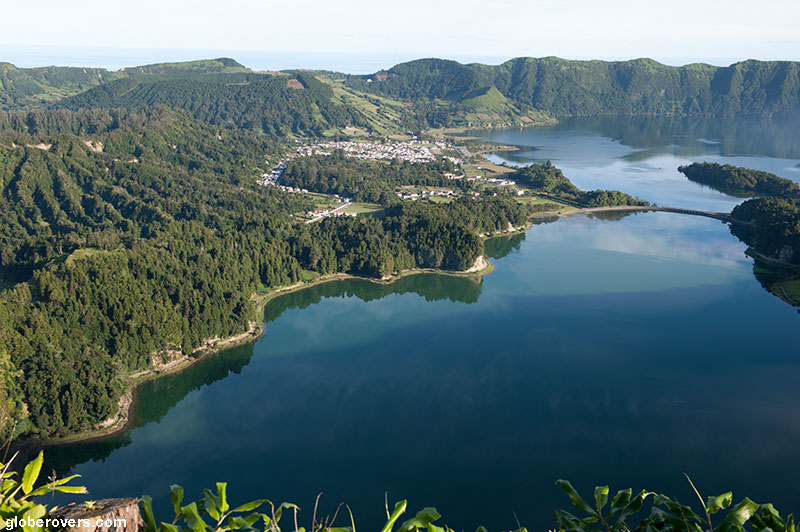
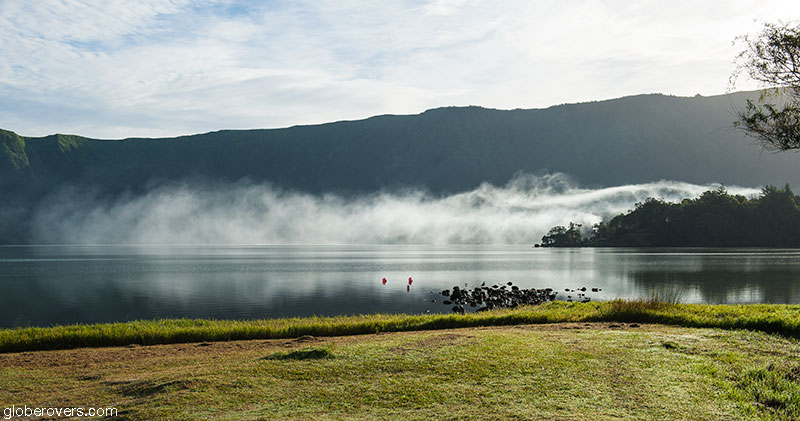


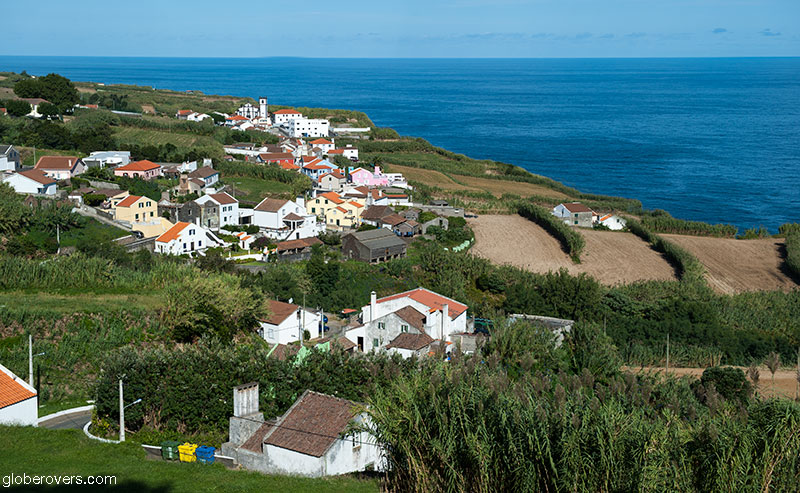

Church of Saint Nicholas (Igreja de Sao Nicolau), village of Sete Cidades, Lagoa das Sete Cidades 
Church of Saint Nicholas (Igreja de Sao Nicolau), village of Sete Cidades, Lagoa das Sete Cidades
São Miguel Island: Central Region, Azores
Lago do Fogo, a crater lake that lies within the Água de Pau Massif stratovolcano in the centre of São Miguel Island is the highest lake of the Azores. At 580 m above sea level, the surrounding hills are often covered by clouds, which makes viewing of the lake down below the road impossible.
Lagoa das Furnas is arguably the most idyllic lake of São Miguel Island. Located in one of the calderas of the thermal active Furnas volcano, it lies at an elevation of 359 m. At Furnas, the steam vents are hissing while locals cook their food in the fumaroles and tourists wallow in the thermal baths.
The hot springs pool at the Terra Nostra Gardens is muddy brown, but waders believe the iron-rich water is good for the skin. The botanical garden is a feast to the eyes, where the trees are living fossils, and gives you an impression of what the planet’s forests must have looked like before the Ice Age!
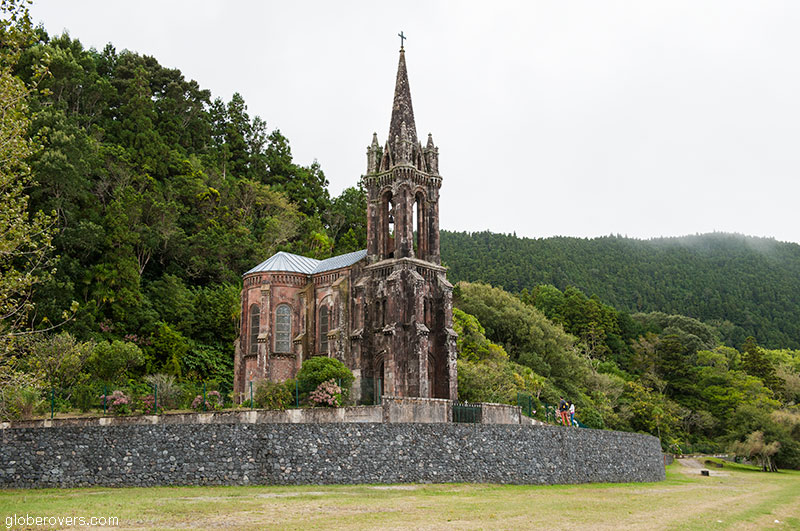
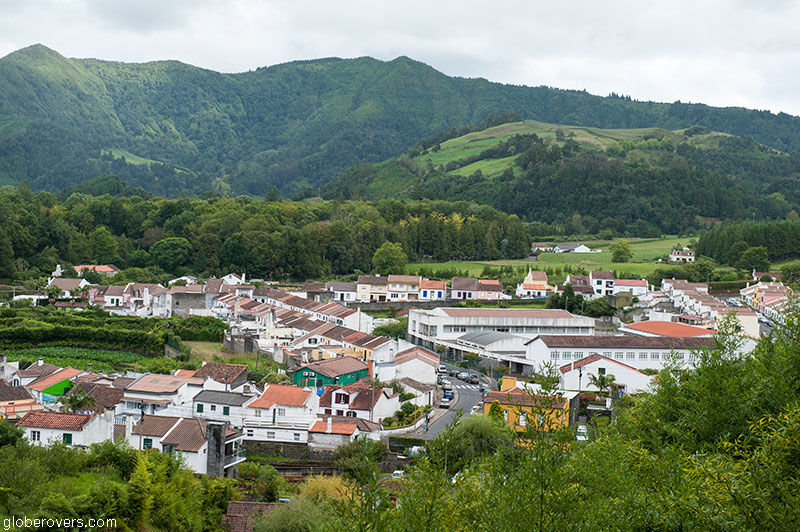
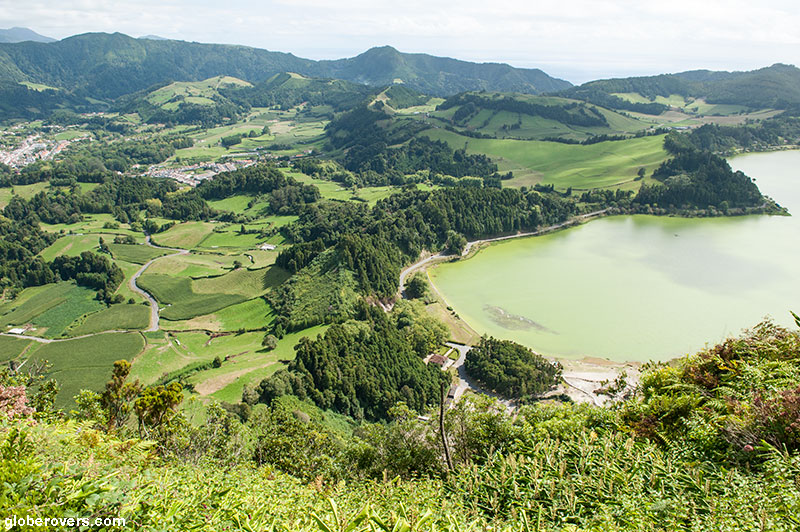

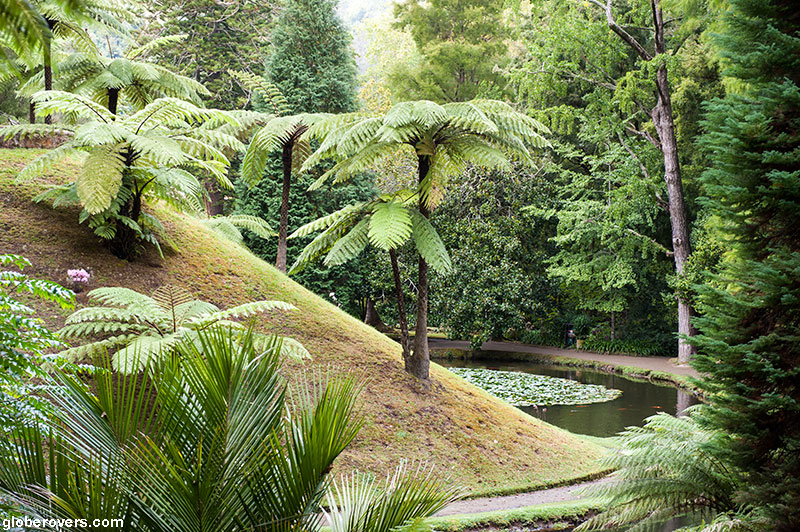
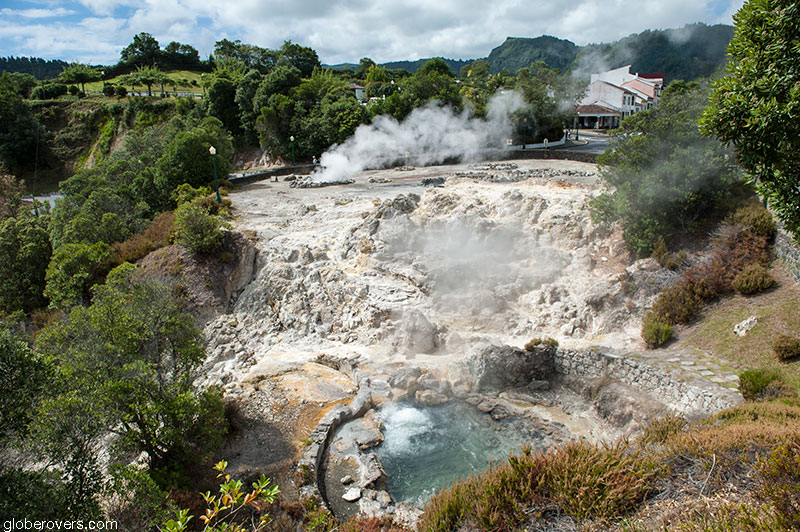

São Miguel Island: Eastern Region, Azores
The far east and the Nordeste Region of São Miguel is the most remote part of the island. Though not void of residents, the villages are small and far apart.
The rugged terrain of the Nordeste ends in towering coastal cliffs. This creates ample opportunities to get onto the many hiking trails that lead down to the rocky shores. Here you will find some isolated and tiny fishermen’s houses perched along the steep hills, like those located below the Farol do Arnel Lighthouse, the first lighthouse erected in the Azores Islands in 1876.
Caldeirões Park near Ribeira dos Caldeirões is a botanical marvel and should not be missed!
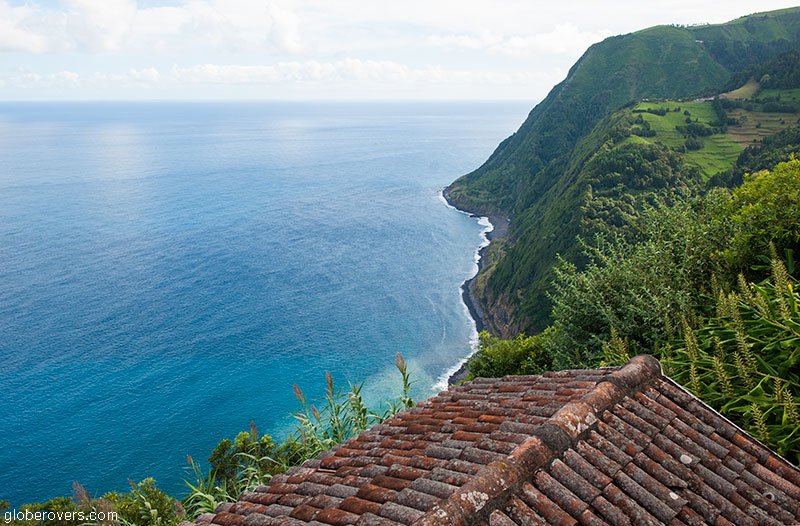
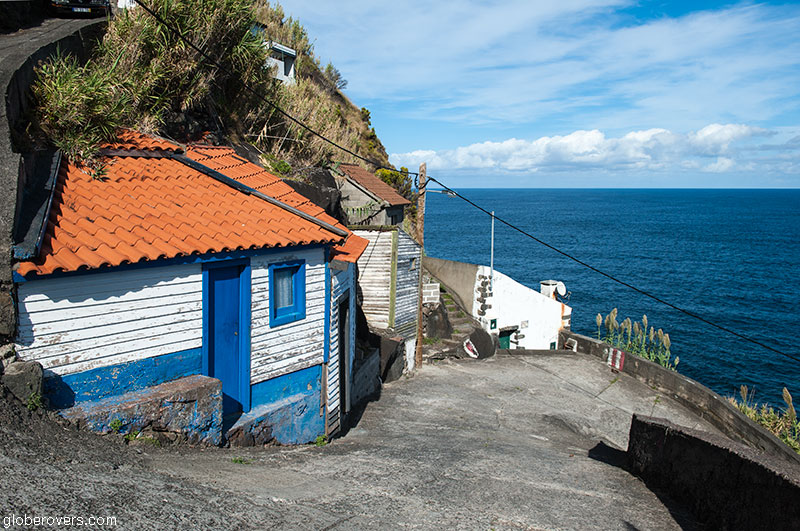
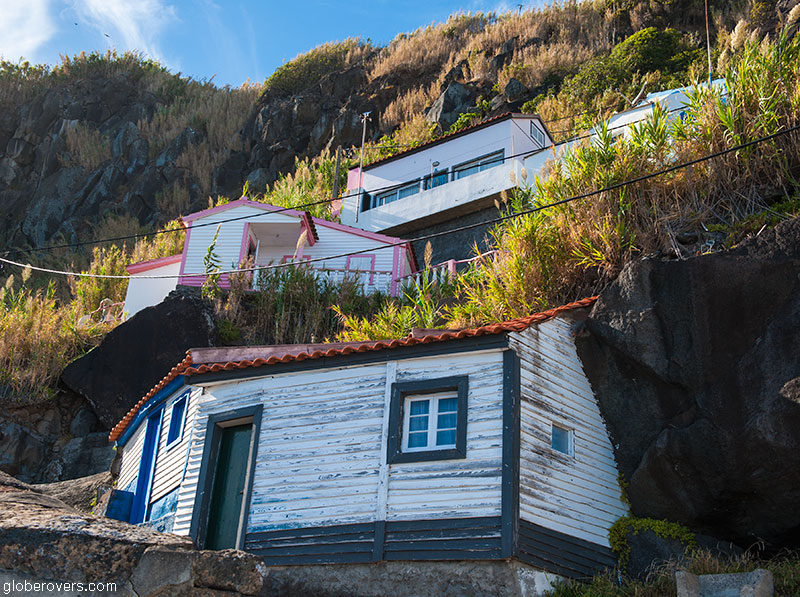
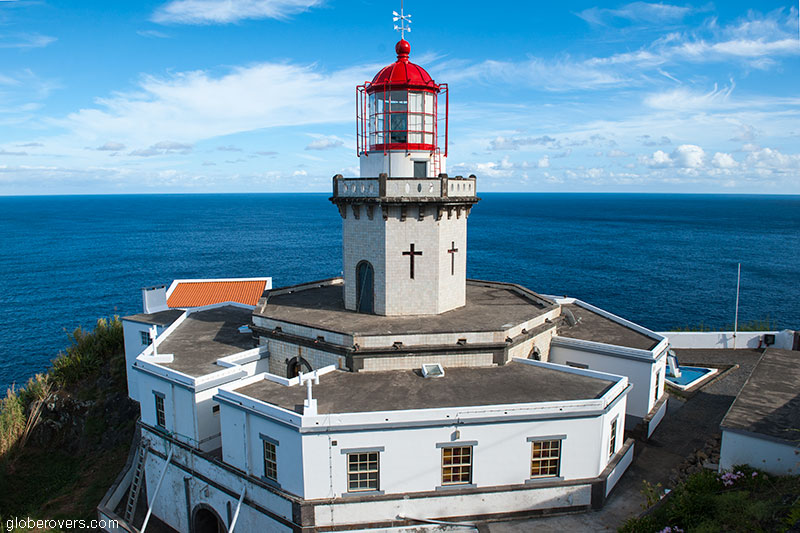
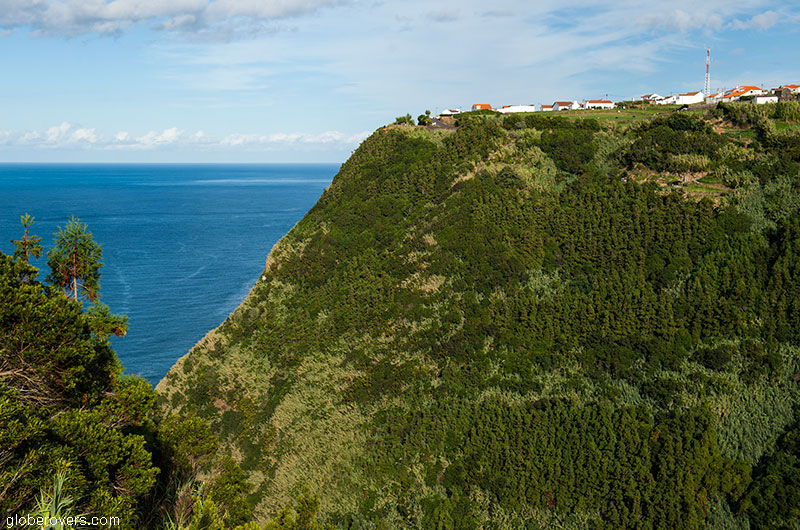

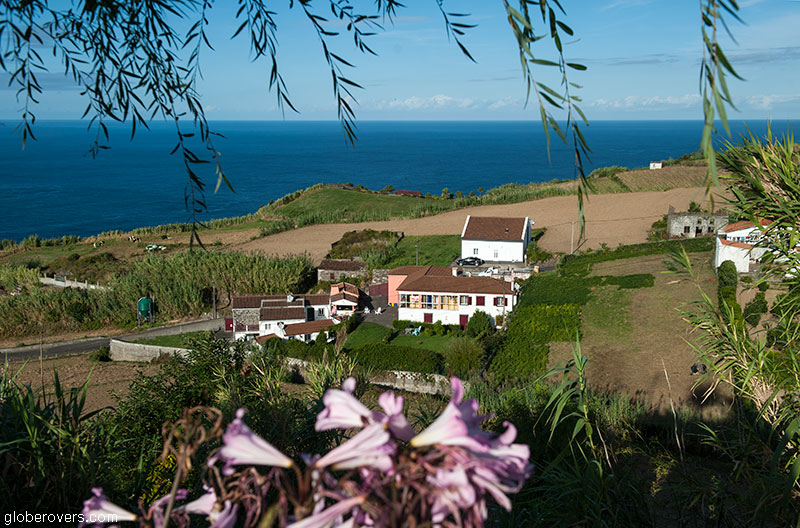
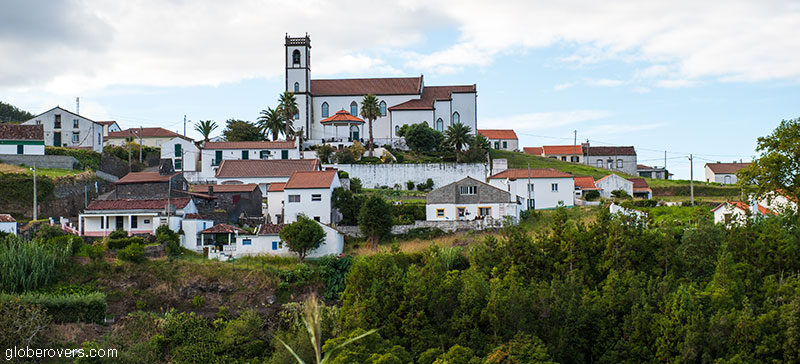
São Miguel Island: Capital Region, Azores
With a population of about 70,000 souls, Ponta Delgada is the administrative capital, and by leaps and bounds the most populated town in the Azores. Populated since the 15th century, the city is rich in history with many marvellous buildings and cobbled stone alleys.
The historical part of the city is a delight and consists of three civil parishes: São Pedro, São Sebastião, and São José.
One of the many highlights of the historical part of town is the area around the city hall and the three arches gate (Portas da Cidade) in the Baixa (downtown area). Look out for the Convent of Our Lady of Hope, in Campo de São Francisco and the St. Sebastian’s Mother Church.
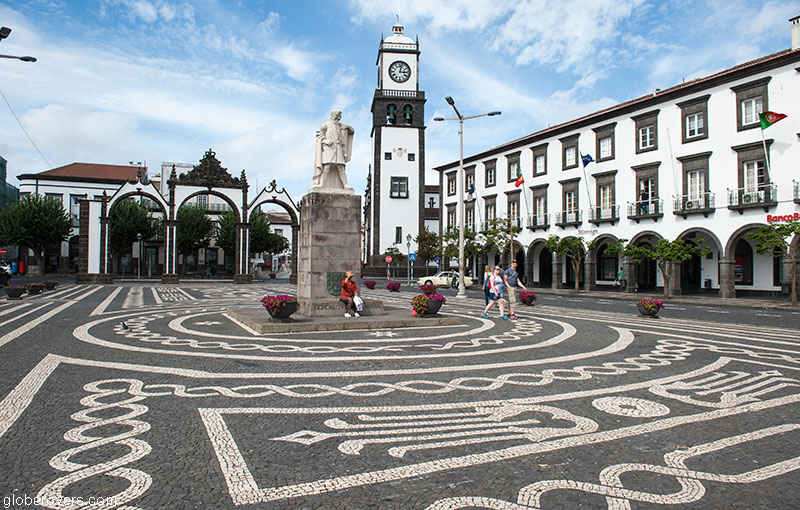
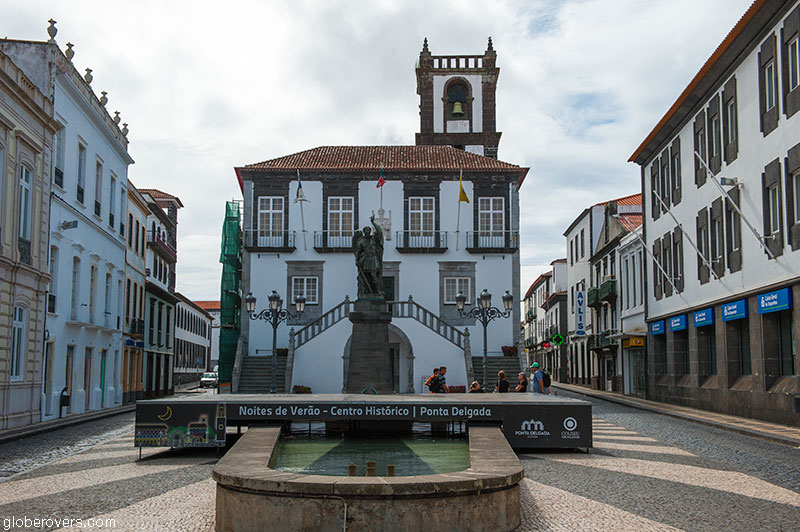
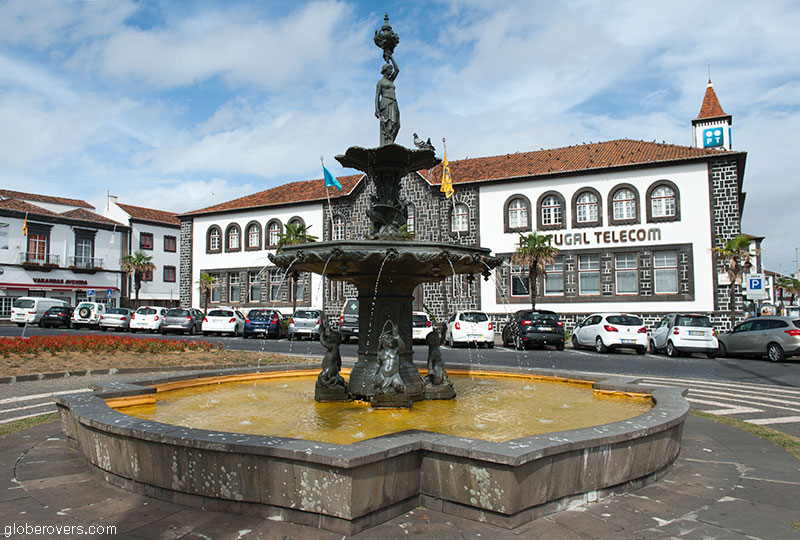
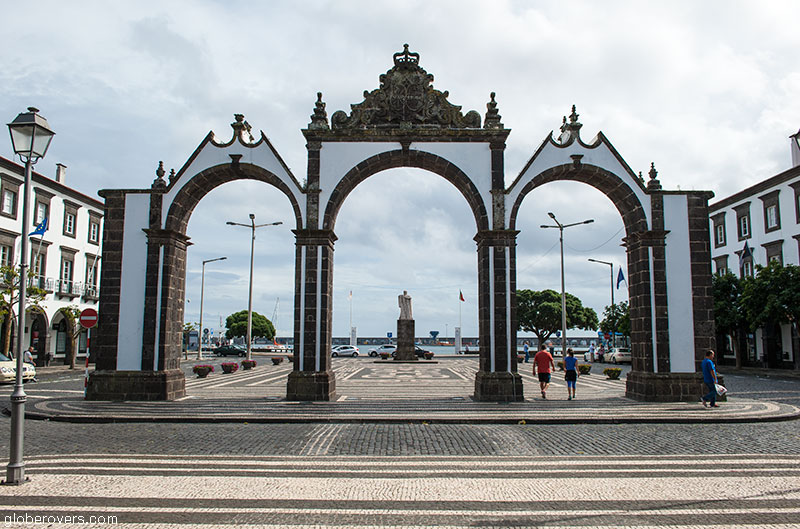

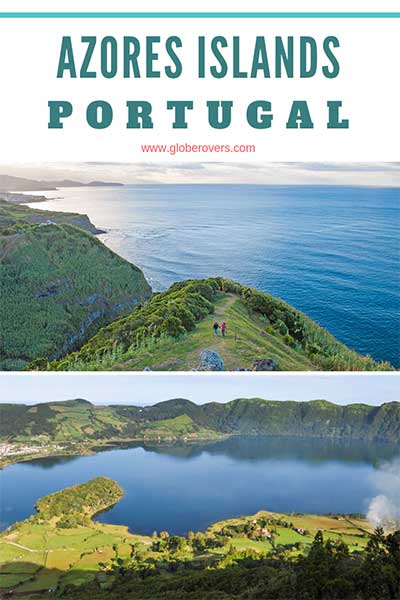
Further Reading:
- Azores Travel Guide (2019): Portugal’s Far Off Islands
- 30 Useful Things To Know Before You Visit The Azores
- 18 things to know before traveling to the Azores Islands
- Azores Islands: A Handy Guide To This Nature’s Gorgeous Marvel In Portugal
- 13 Reasons Why You Should Plan A Trip To The Azores

Blog post and photos by Peter who has been travelling almost full-time since 2005 and has been to over 122 countries. He visited several countries, such as Japan, more than 20 times. Peter is Editor-in-Chief and Publisher of GlobeRovers Magazine, an independent travel magazine focused on intrepid destinations.

